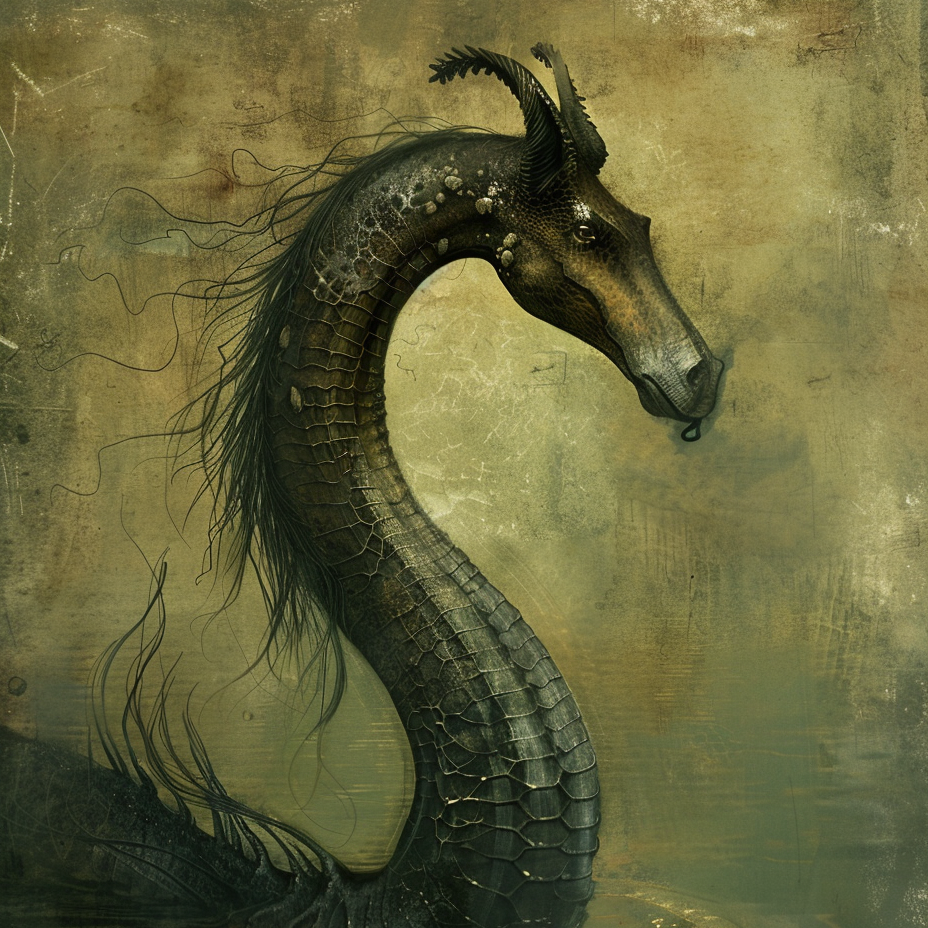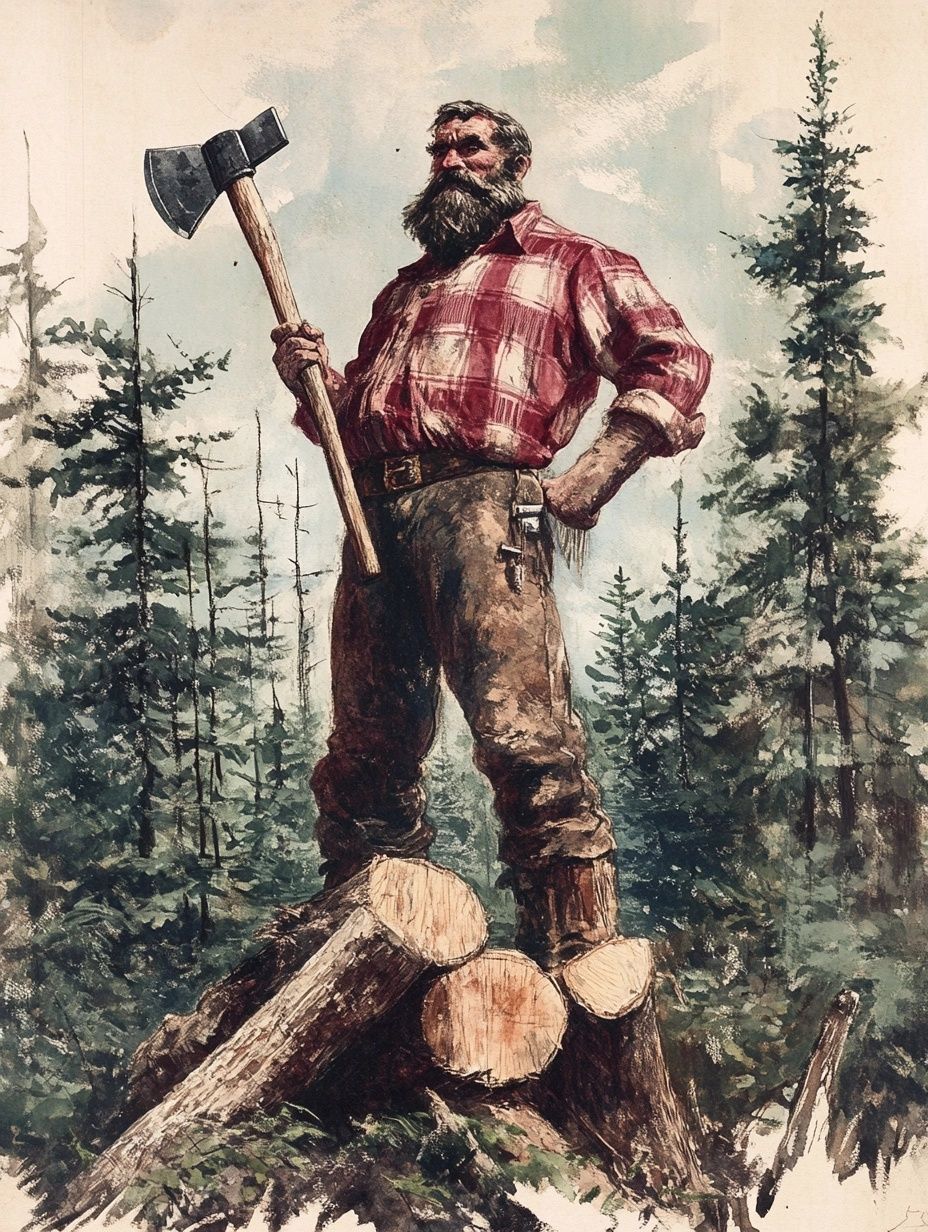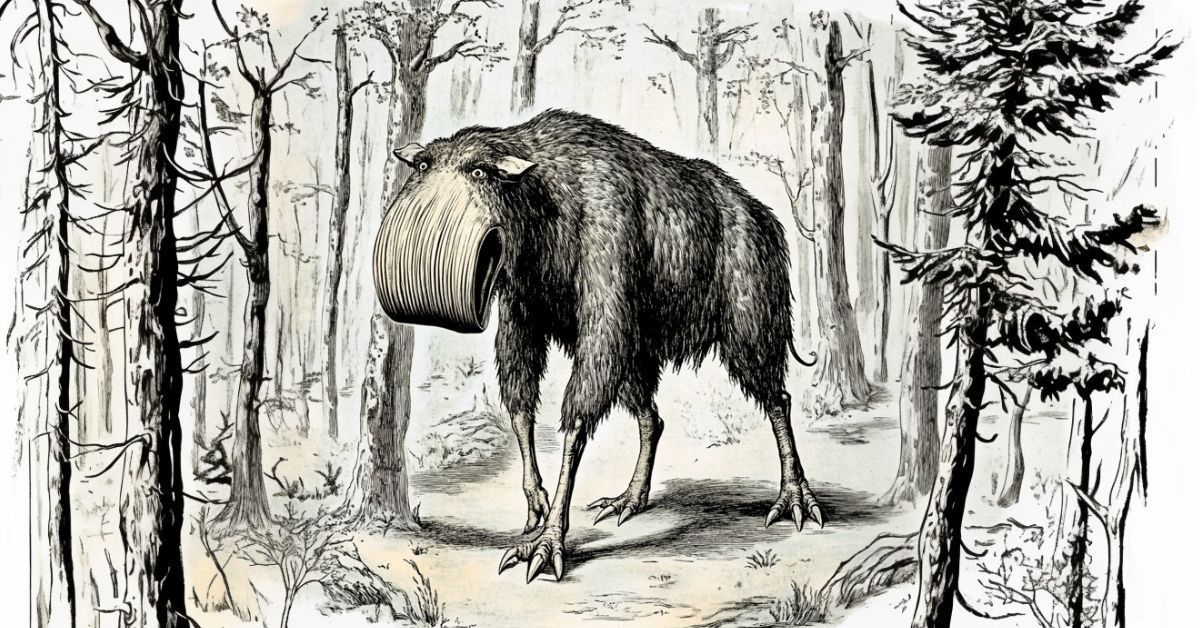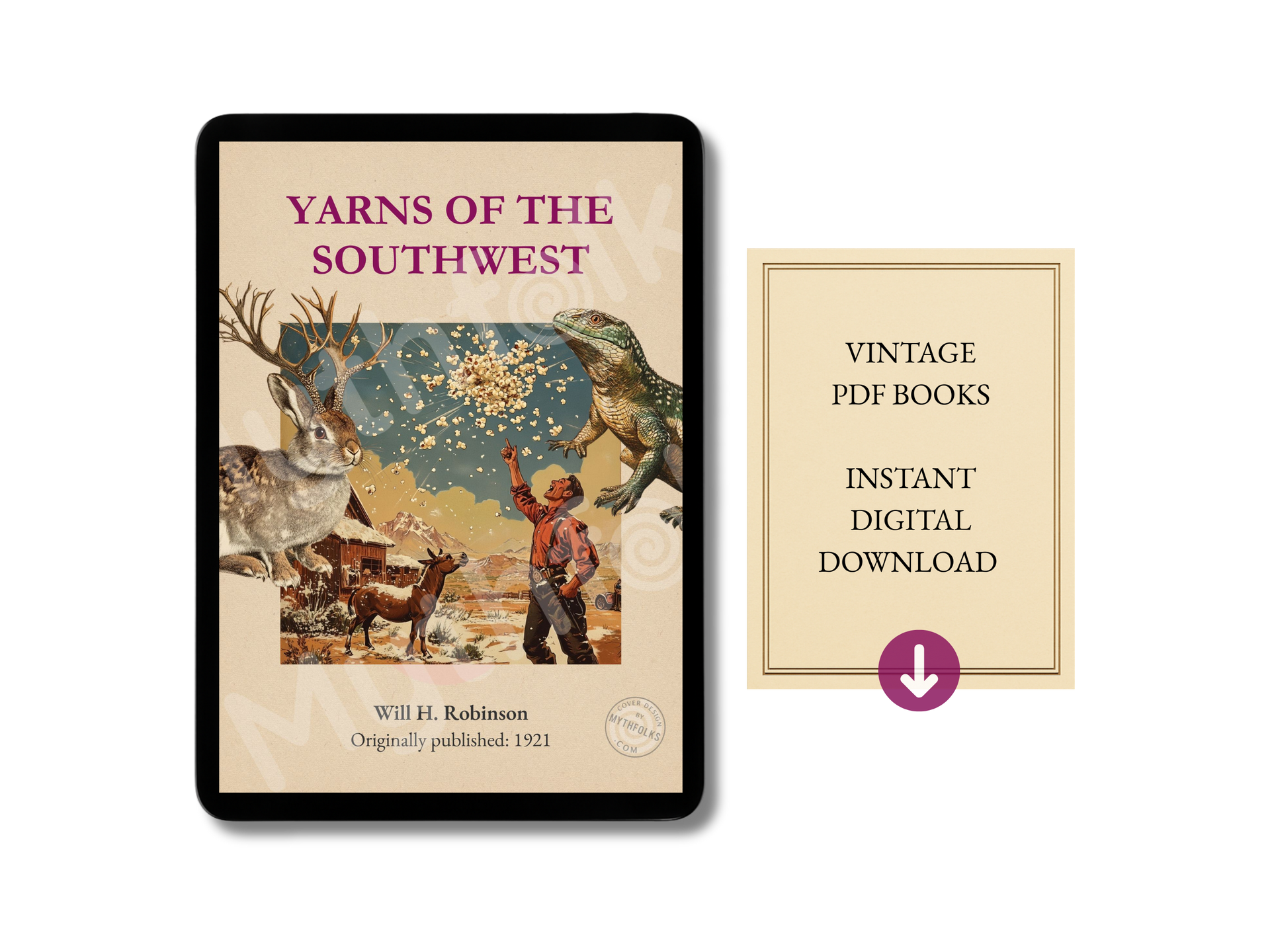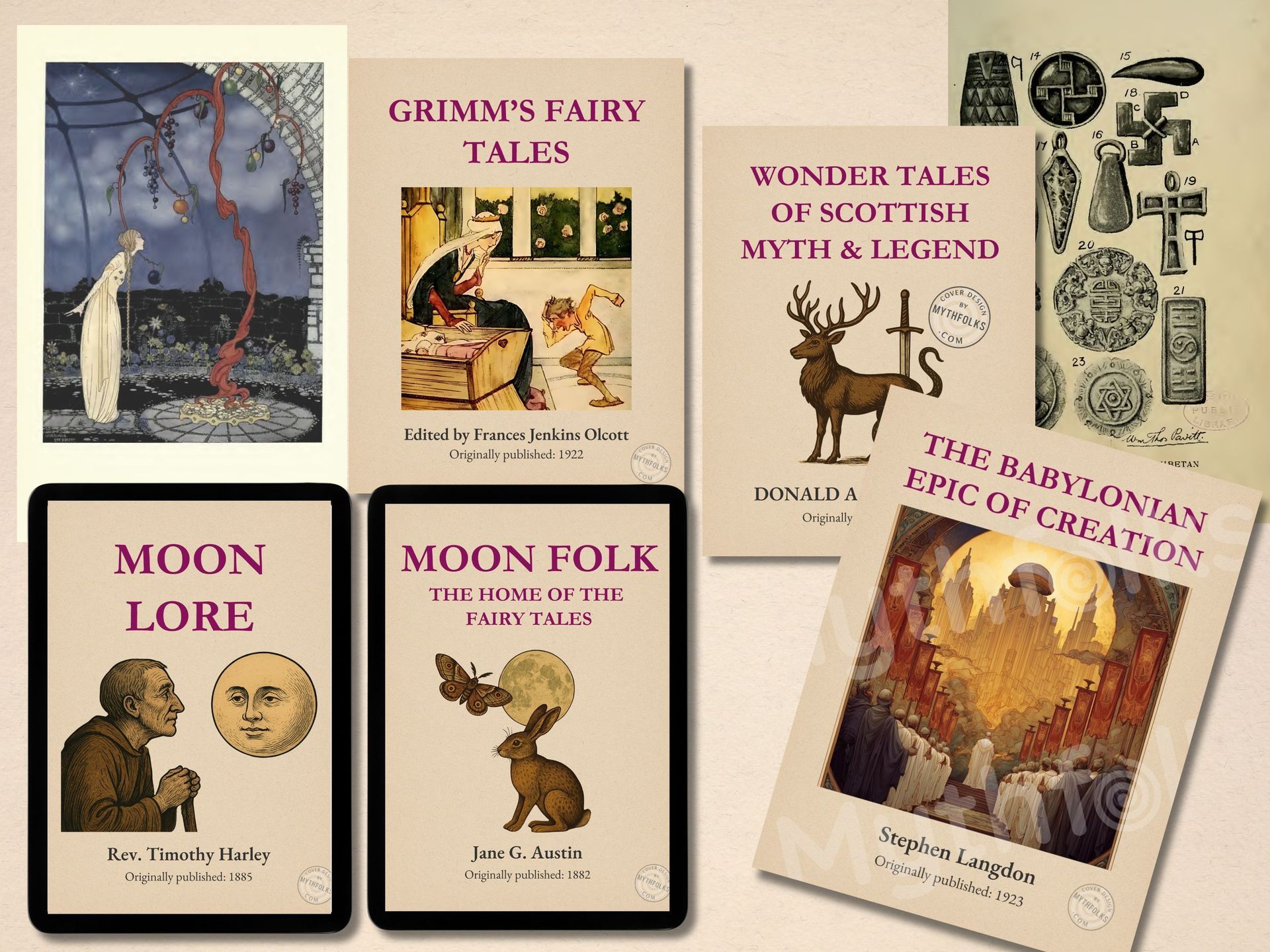The tall tale as a way to deal with frontier life
Life for American frontiersmen - loggers, cowboys, riverboat crews and explorers - was often isolating, dangerous and physically demanding. The landscape itself was intimidatingly vast and wild. In US folklore, tall tales served two key purposes:
- Entertainment: In a time before mass media, storytelling was the primary form of entertainment. These exaggerated stories were a way to pass the time and build community around a campfire or in a bunkhouse.
- Coping mechanism: To psychologically tame a harsh environment, they invented heroes who were even bigger and wilder. By creating characters like Paul Bunyan, who could clear entire forests in a single sweep, or Pecos Bill, who could ride a cyclone, they cut the overwhelming forces of nature down to size.
Who can tell the best story?
The performance of the tall tale was just as important as the story itself and it was often a competitive social ritual.
- One-upmanship: Storytellers would engage in verbal duels, each trying to top the last person's story with an even more outrageous claim. This is where the massive exaggeration came from.
- Testing newcomers: The tales were also a way to haze "greenhorns" or outsiders. Telling a wildly unbelievable story with a completely straight face was a test to see how gullible the newcomer was.
- Forging an identity: This boastful, humorous and larger-than-life style of storytelling helped shape a new and distinctly American identity - one that was confident, capable and not bound by the old rules of Europe.


